Multicoloured Wooden Sculptures by Keiichi Tanaami
'No More War' is an anthology of colourful sculptures by the artist that draw as much on pop art as they do on the Memphis Group.
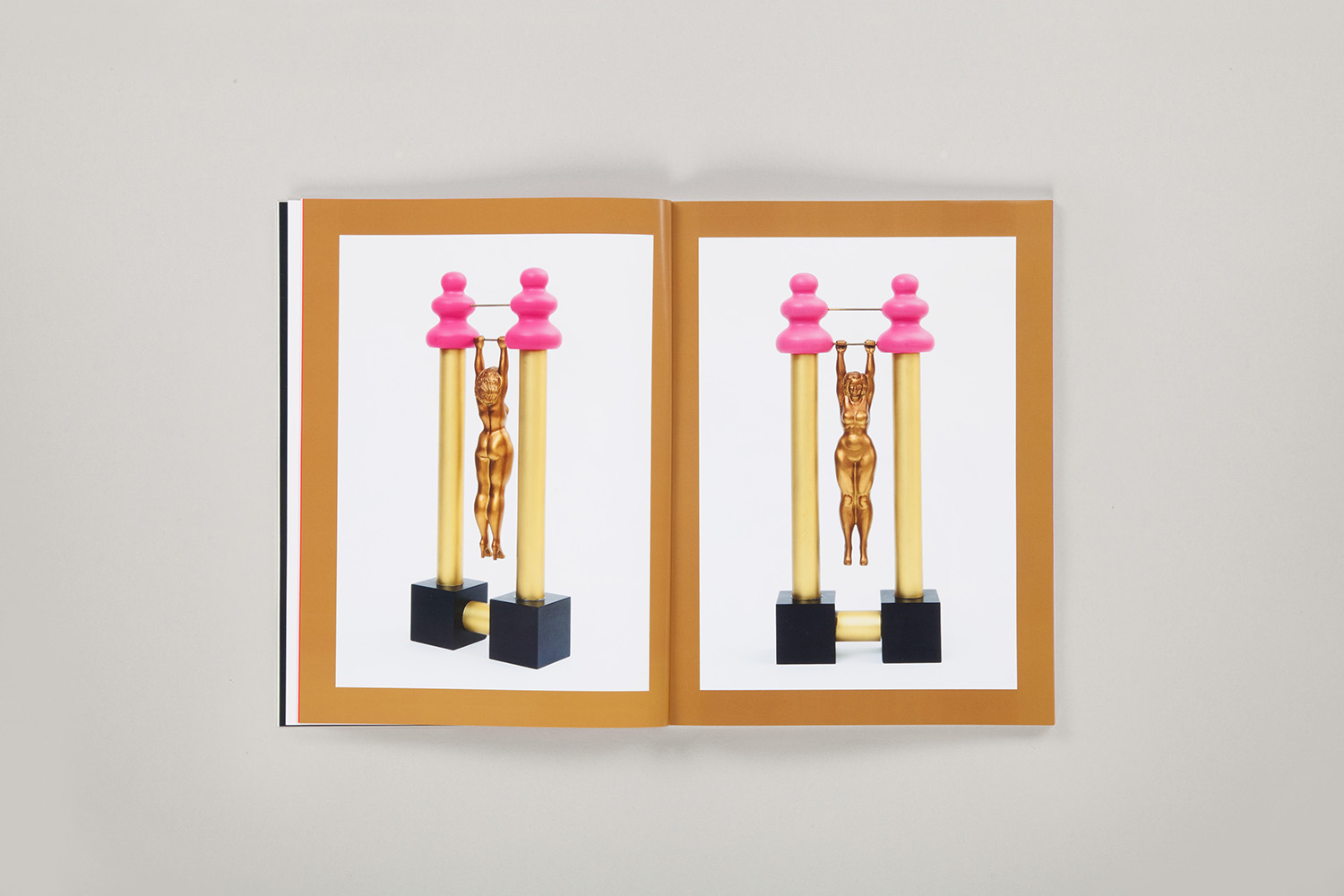
© Keiichi Tanaami
Graphic designer, painter, visual artist, experimental film director… Keiichi Tanaami has various artistic hats, but with one underlying theme: a psychedelic and colourful universe, which can be observed in all of his creations. The work No more war compiles the pieces in his series of wooden sculptures, produced in the 1980s, that, despite perpetuating the artist’s colourful universe, break with his usual style, based as they are on military and erotic themes.
Born in Tokyo in 1936, Keiichi Tanaami was marked by his experience of the Second World War, which infuses his artistic production. After completing his studies at Musashino Art University, the artist, initially a graphic designer, met the master of pop art Andy Warhol in New York in 1969, and thus embarked on a career in art.
From pop art to Playboy
This series is almost reminiscent of a universe of children’s toys and contains objects that combine architectural models, creatures from video games, and abstract figures, drawing as much on pop art as they do on the Memphis Group. The entirety is made from Japanese wood, in a nod to local handicrafts.
The artist, who designed album covers for Jefferson Airplane and The Monkees, became the first artistic director of Japanese Playboy in 1975. His work bridges the gap between eastern and western culture, where death, war, and sexuality are placed in the foreground. These themes are also dear to another artist and a contemporary of Keiichi Tanaami, Tadanori Yokoo.
No more war (2013), a collection by Keiichi Tanaami, is published by Edition Patrick Frey.
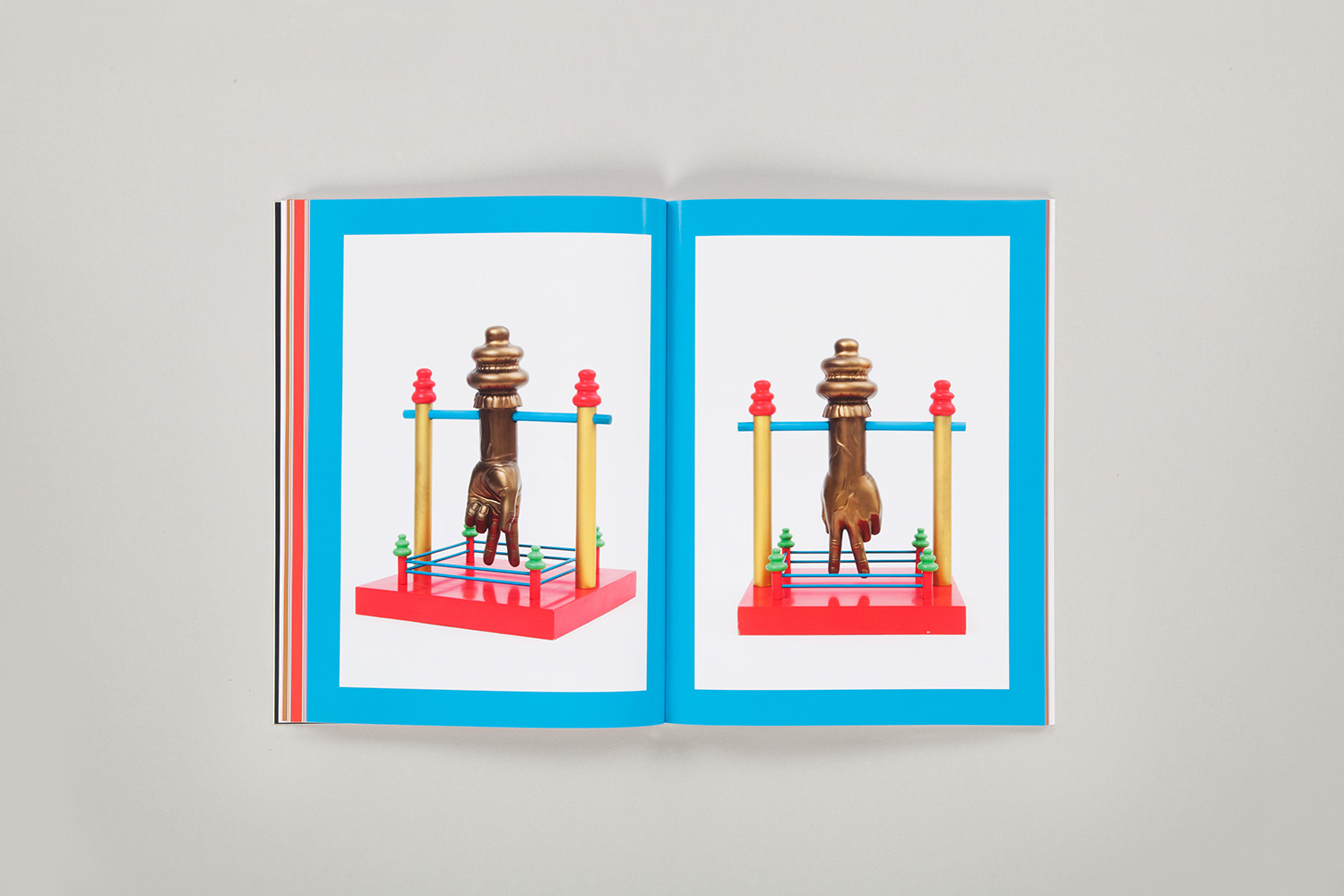
© Keiichi Tanaami

© Keiichi Tanaami
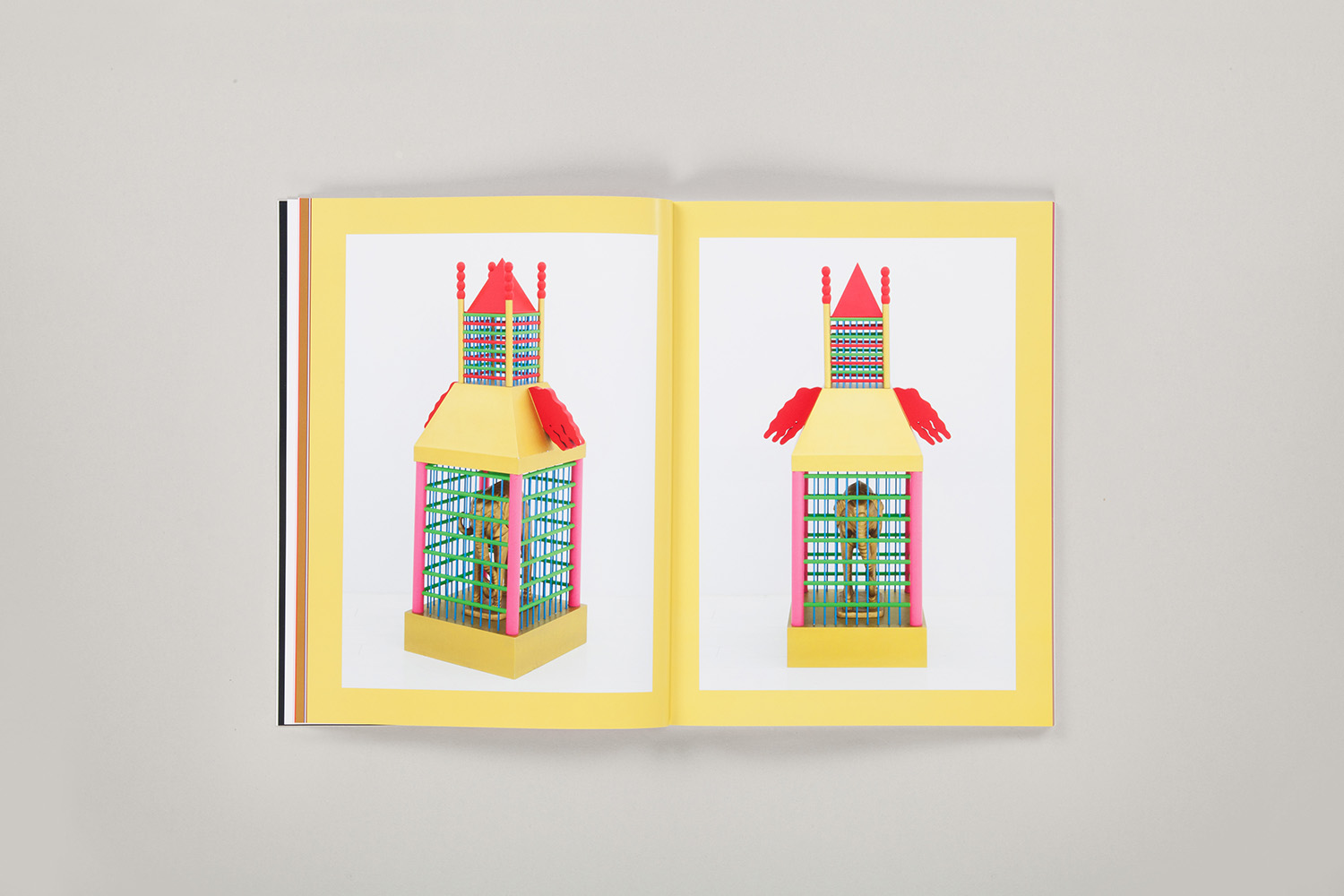
© Keiichi Tanaami
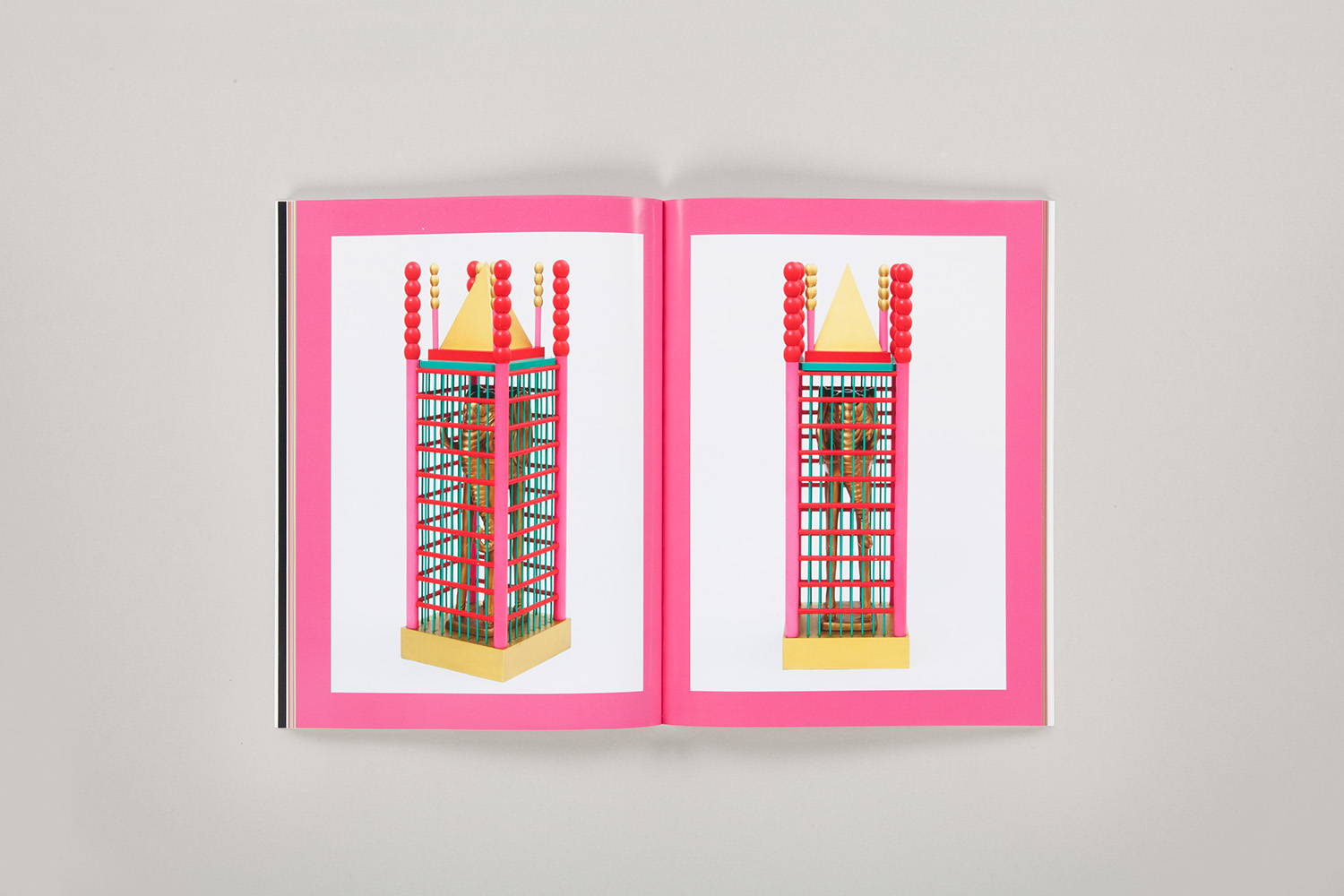
© Keiichi Tanaami
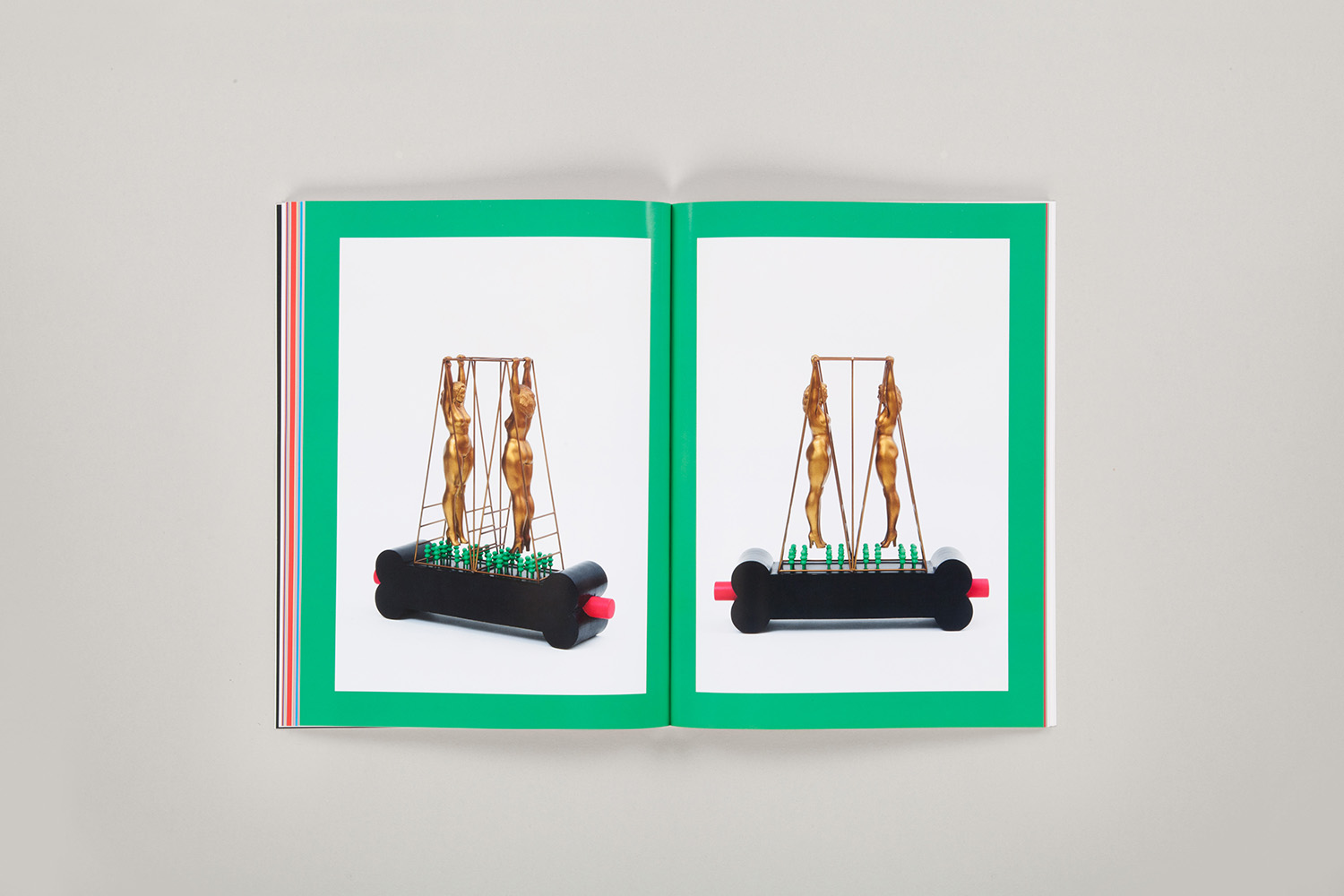
© Keiichi Tanaami
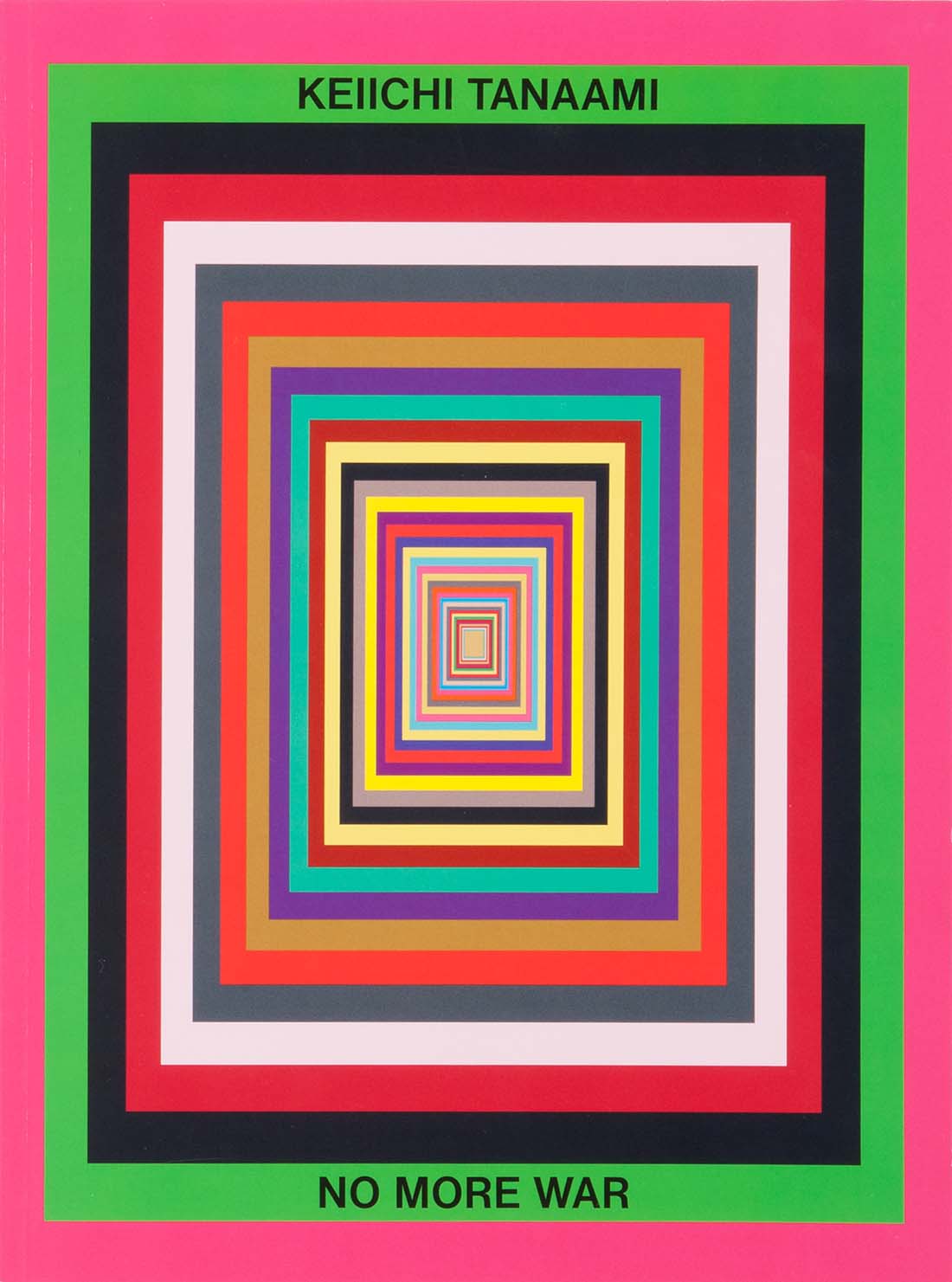
© Keiichi Tanaami
TRENDING
-
The Tattoos that Marked the Criminals of the Edo Period
Traditional tattoos were strong signifiers; murderers had head tattoos, while theft might result in an arm tattoo.

-
Chiharu Shiota, Red Threads of the Soul
Last year, more than 660,000 people visited the retrospective 'Chiharu Shiota: The Soul Trembles' exhibit at the Mori Art Museum.

-
‘Before Doubting Others, Doubt Yourself. Who Can Truly Say a Dish Isn’t What It Used to Be?’
In ‘A Non-Conformist’s Guide to Surviving Society’, author Satoshi Ogawa shares his strategies for navigating everyday life.

-
The Story of Sada Yacco, the Geisha who Bewitched Europe
Described by Dazed magazine as the first beauty influencer, she has been restored to her former glory since 2019.

-
Ito Jakuchu's Naturalist Paintings
From 15 September until 14 October 2018, the Petit Palais showcased the artist's iconic ‘Images of the Colourful Realm of Living Beings’.





